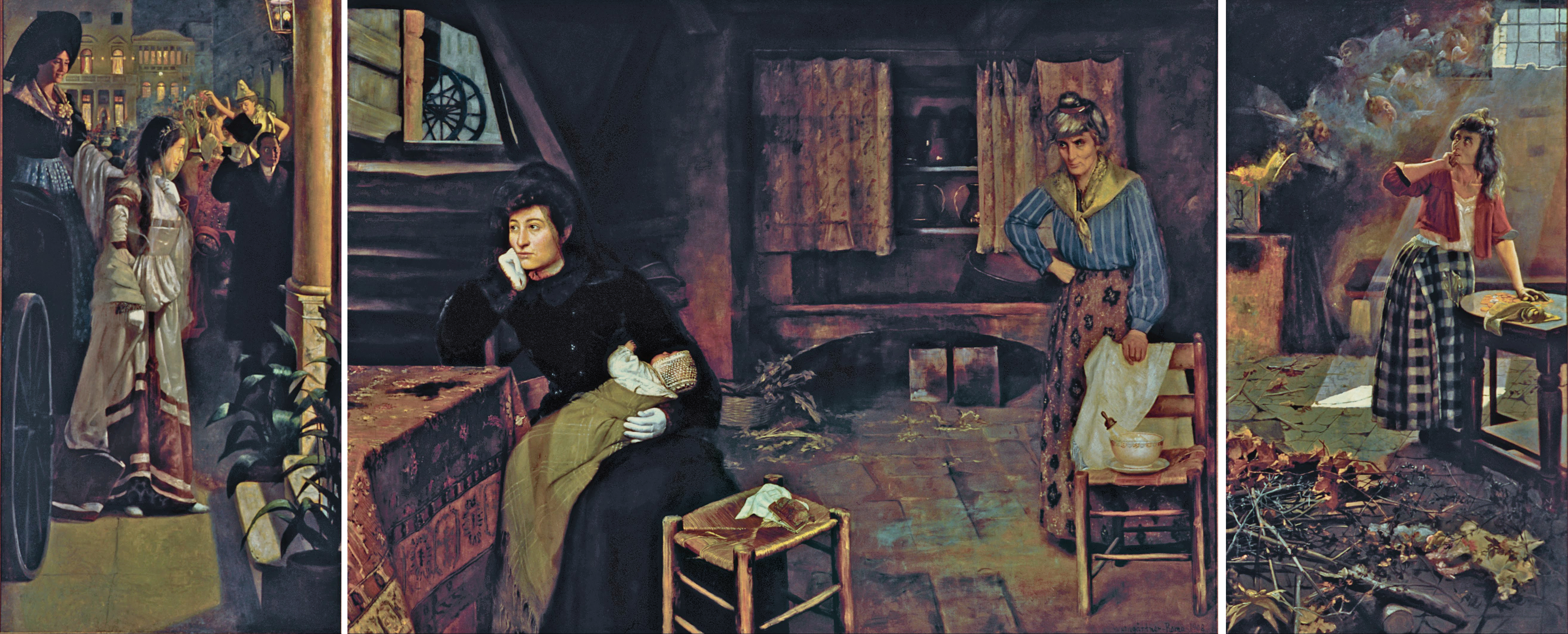My book, A Miscarriage of Justice: Women’s Reproductive Lives and the Law in Early Twentieth-Century Brazil (Stanford University Press, 2020) explores the medical and legal aspects of women’s reproductive health, including childbirth, abortion, and fertility control, in early twentieth-century Brazil. It is available as paperback and hardcover from Amazon and the press website. The book won the 2021 Murdo J. MacLeod Book Prize from the Latin American and Caribbean Section of the Southern Historical Association and the Outstanding Academic Title Award by the American Library Association. A Portuguese translation is currently forthcoming with the Brazilian health sciences publisher Editora Hucitec.

Brazil currently has the world’s highest rate of cesarean sections, many occurring in public hospitals. At the same time, abortion is illegal, and women continue to die from clandestine operations. In light of recent public health developments like the Zika virus, which is linked to discussions over abortion rights, the Brazilian public has begun to question the state’s coercive presence in women’s reproductive lives.

Yet current-day medical and legal approaches towards women’s reproduction is part of a longer history forged after the abolition of slavery in 1888 and the onset of republicanism a year later. In fact, in the late nineteenth and early twentieth centuries, women across the western hemisphere experienced increased public scrutiny of their reproductive lives. Governments criminalized practices like abortion, while urbanization, immigration, and gendered changes to the labor force made fertility control visible in the public sphere. The Brazilian capital of Rio de Janeiro presents a crucial case study for understanding how the uneven process of state expansion affected women’s reproduction, and, in turn, how women negotiated these changes. In Brazil, the medical-juridical trends forged in the early twentieth-century continue to reverberate in current debates over reproduction.
This is the first English-language monograph to explore how women’s reproduction was central to the expansion of the early twentieth-century Brazilian state. The book examines women’s reproductive health in relation to legal and medical policy after the abolition of slavery in Rio de Janeiro. Specifically, it analyzes reproduction under Brazil’s 1890 Penal Code, which bridged the political regimes of the liberal First Republic (1889-1930) and the early period of Getúlio Vargas’s populist government of the 1930s.

The book asks how in the fields of law and medicine did rhetoric, policy, and its implementation shape and become shaped by women’s reproductive outcomes and experiences. It employs a core set of 226 police investigations and court cases, civil and criminal law, medical writings, and health data.
Governmental forces approached women’s reproduction in two contradictory ways. n the one hand, the state intervened in women’s reproduction through the increased police surveillance of fertility control. On the other hand, the state did not effectively expand or improve obstetric services, and reproductive health outcomes remained poor. For example, miscarriages, stillbirths, and maternal mortality rates remained consistently high. That is, state efforts towards women’s health in the in the early twentieth century focused on criminalizing fertility control rather than on improving reproductive health.
Image 1: A fazedora de anjos, by Pedro Weingärtner, 1908. Pinacoteca do Estado de São Paulo
Image 2: “Sutura do utero, collocado em sua posição normal, depois de evacuado pelo feto e pela placenta.” (Figure 15, Vanzolini, José Juliano. Da embryotomia. Rio de Janeiro: Typ. Barberó & Companhia, 1914.)
Image 3: Arquivo Nacional, Brasil (AN) CS.0.PCR.5883 (1931)